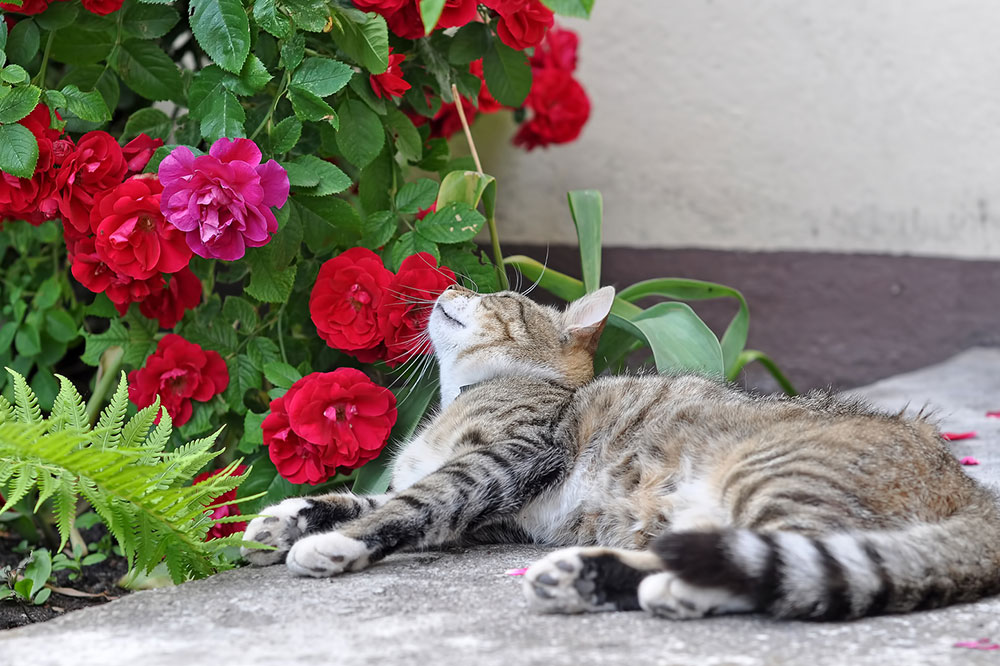
4 Toxic Houseplants to Keep Away from Pets
Indoor gardens and plants add a certain natural aesthetic to the home. Many homeowners care for these plants and spend a fair amount of time trimming, shaping, and maintaining them. However, it is essential to note that direct contact with the stem, leaves, or seeds of some houseplants can prove to be toxic for your pets. This article lists four such indoor fixtures you should keep your pets away from.
1. Aloe vera
Aloe vera has several medicinal properties and is a topical application for healing. But for cats, every part of the plant is highly toxic. Aloe vera has two particular toxins that can cause vomiting, diarrhea, and trigger severe lethargy in cats. While it is a staple fixture in most households, you must be extremely cautious about keeping the plant indoors. If you decide to keep it, ensure it is safely away from their reach. Also, ensure that the aloe gel does not drip onto surfaces from where your feline friend can come in contact with it unknowingly.
2. Lilies
Lilies are a classic favorite all year round. But many different types of lilies, including the Asiatic lily, Easter lily, and Arum lily, are dangerous for both cats and dogs. When ingested, the plant can cause cats to experience vomiting, diarrhea, abdominal pain, anorexia, and even trigger tremors. Some felines may also suffer from hypersalivation, inappetence, and kidney failure that can prove to be fatal in severe cases. You must be vigilant and check for signs of oral irritation, excessive drooling, difficulty swallowing, and intense irritation in the mouth. An interesting fact: lilies cause one in five commonly reported toxic pant exposures in pets.
3. Dumb cane
There are several varieties of dumb canes, but the plants are of no use to humans and are kept indoors only for a visual aesthetic. The growth of the plant adds a certain tropical aura due to its foliage. It is one of the low-maintenance houseplants that are toxic for cats. Even the plant’s raw sap can cause irritation that is hard to bear by humans and extremely lethal when directly ingested by cats. Oral irritation and burning in the mouth are among some of the visual indicators that something is wrong. Your pets will also experience severe difficulty while swallowing and breathing immediately after ingestion. Visit the vet as soon as the symptoms start to counter the toxicity.
4. Sago palm
Sago palm is another low-maintenance indoor decoration that ranks among toxic houseplants for cats and dogs. All parts of the plant are harmful. Sago palm toxicity incidences have doubled over the years as it is one of the most common fixtures indoors. Ingesting even a small part of the plant can result in cats vomiting, feeling lethargic, and passing black tarry feces. If left unchecked, the symptoms can trigger coagulopathy, hemorrhagic gastritis, and liver failure, increasing mortality chances.


